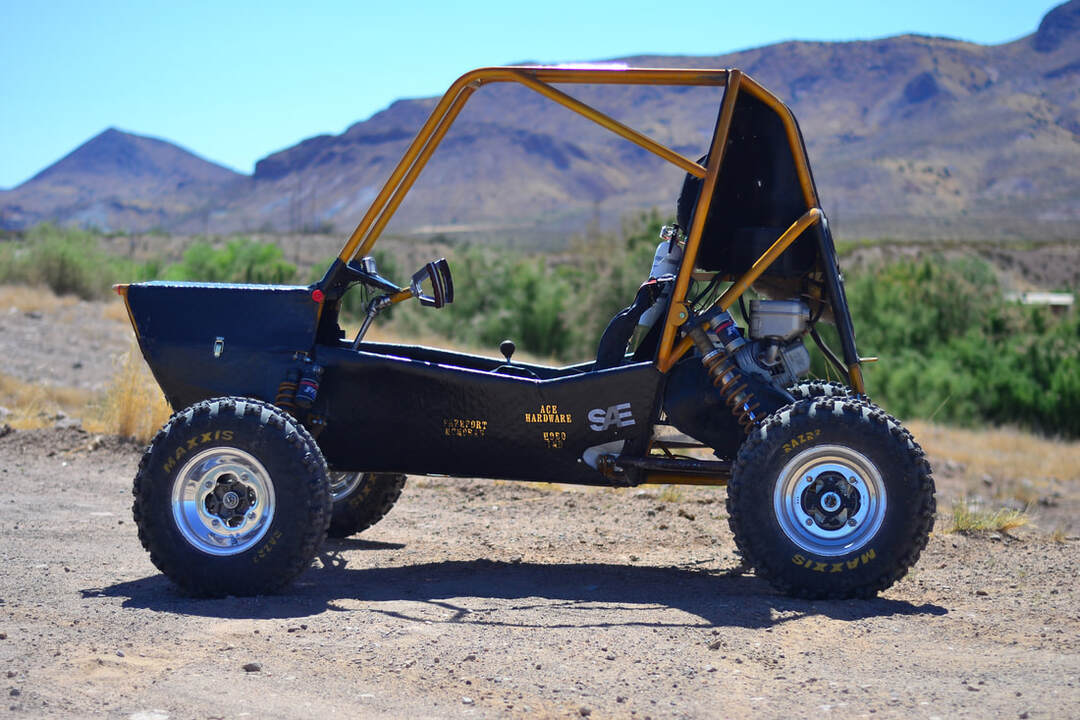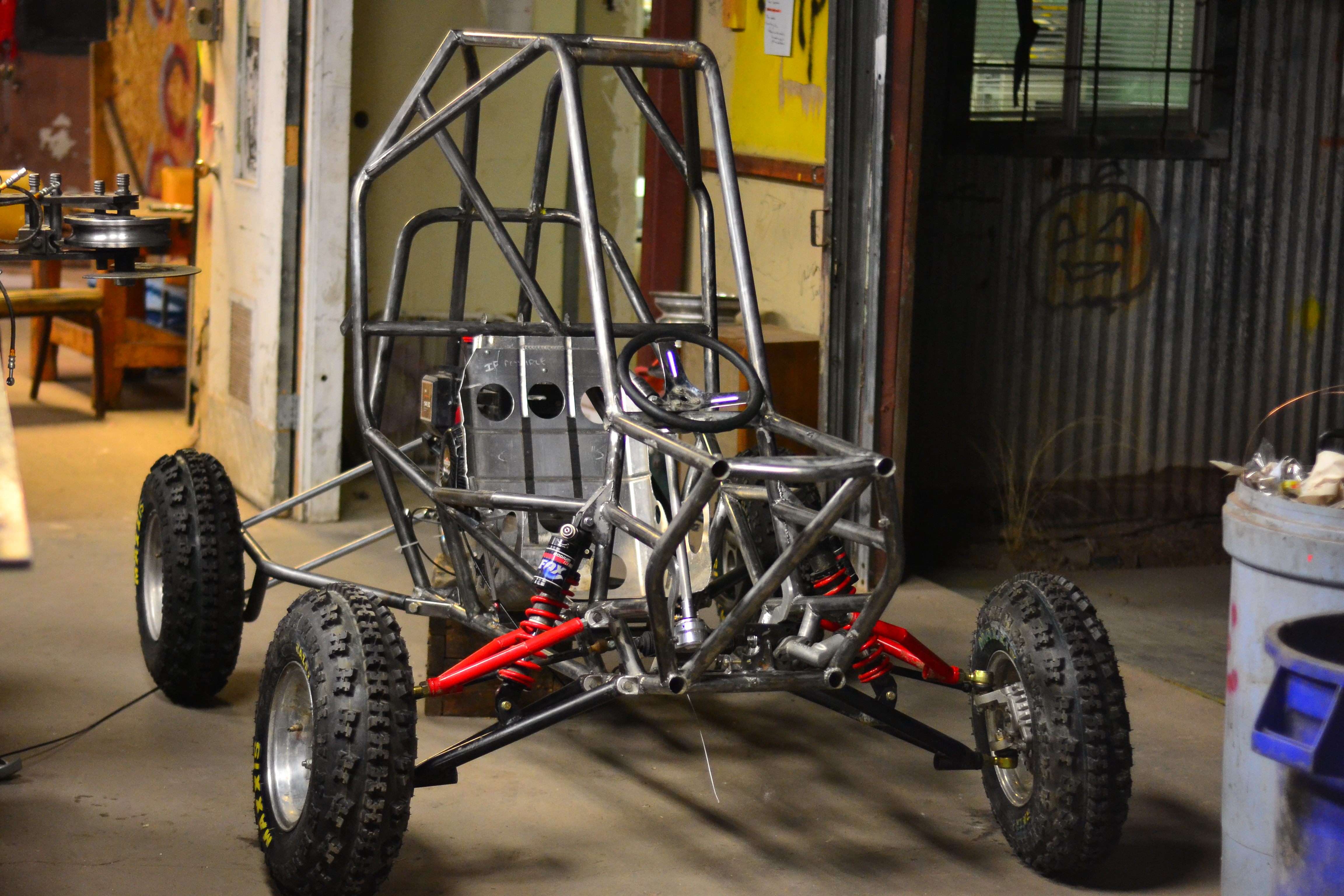Baja SAE is an international intercollegiate competition where teams design and build off-road vehicles to meet a rigorous set of regulations. The competition evaluates teams in both static and dynamic events: static events assess the team’s design strategy and ability to present their work to a panel of judges, while dynamic events test the vehicle's performance and durability. At NMT, the Baja SAE Team is structured as a Junior/Senior Design Class, with students collaborating to design, fabricate, and test a new vehicle each year before competing.
During my junior year, I served as the suspension design lead. I developed a MATLAB optimization tool to streamline the suspension design process. This code analyzed millions of potential suspension geometries within predefined parameters and calculated critical behavior metrics to ensure optimal performance. By combining these results with practical knowledge of the vehicle’s dynamics, I contributed to a design that balanced maneuverability and stability. My hands-on role extended into fabrication, where I honed my skills in TIG welding, tube bending, and notching to construct the suspension system. These experiences solidified my understanding of the iterative relationship between design and manufacturing.
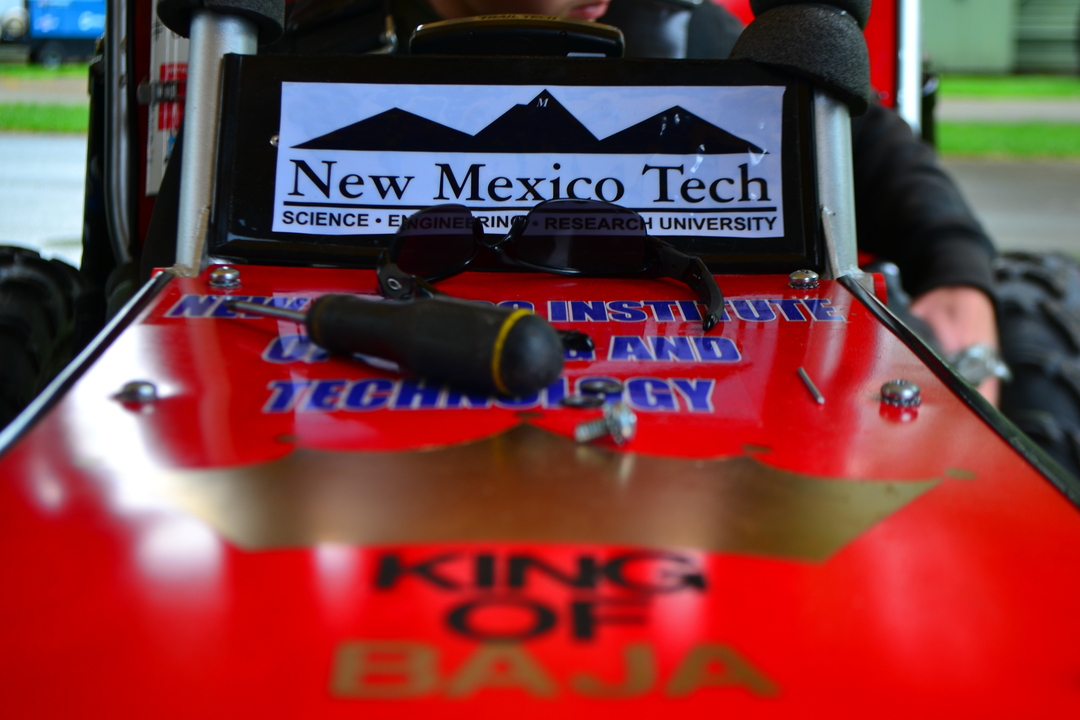
2013 competition car
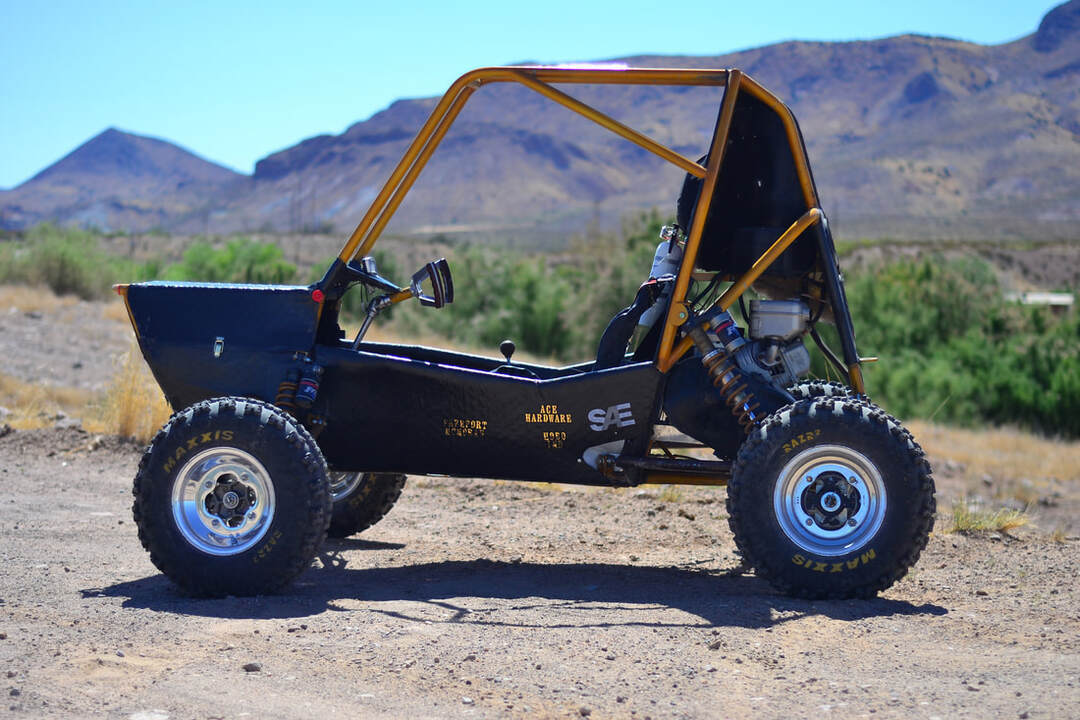
2014 competition car
As team leader in my senior year, I assumed responsibility for managing the entire project. I organized the team into sub teams, appointed leaders, and coordinated efforts to meet strict deadlines. I oversaw the frame design process, conducting FEA simulations to optimize crashworthiness and ensure compliance with competition safety standards. I also managed the team’s budget, secured funding, and acted as the primary liaison with faculty and students.

Solidworks suspension model

Dynamic testing
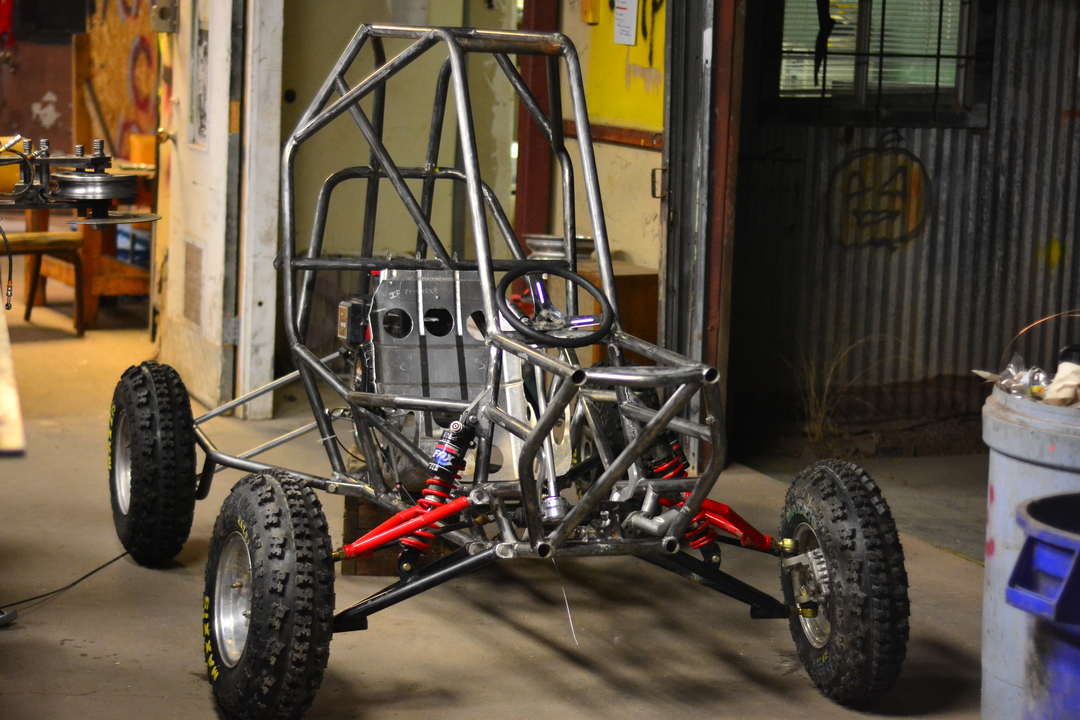
Rolling chassis
I put forward two main goals to my team, to reduce the overall weight of the vehicle and to increase the reliability. To accomplish the former, we started by completely disassembling the previous years vehicle, weighing each component and creating a weight budget. The budget outlined how much weight would need to be reduced from each subsystem to achieve the desired reduction. This approach gave the team the guidance needed to reduce the cars weight by 65lbs (450lbs to 385lbs). For the reliability portion, the solution was simple. Get the car built early and test it. We were able to accomplish this and through many hours of testing we were able to find and improve upon the weakest components.
We took the completed car to competition at the University of Texas El Paso. Our efforts were rewarded with the best finish our school had at a competition in a decade.

